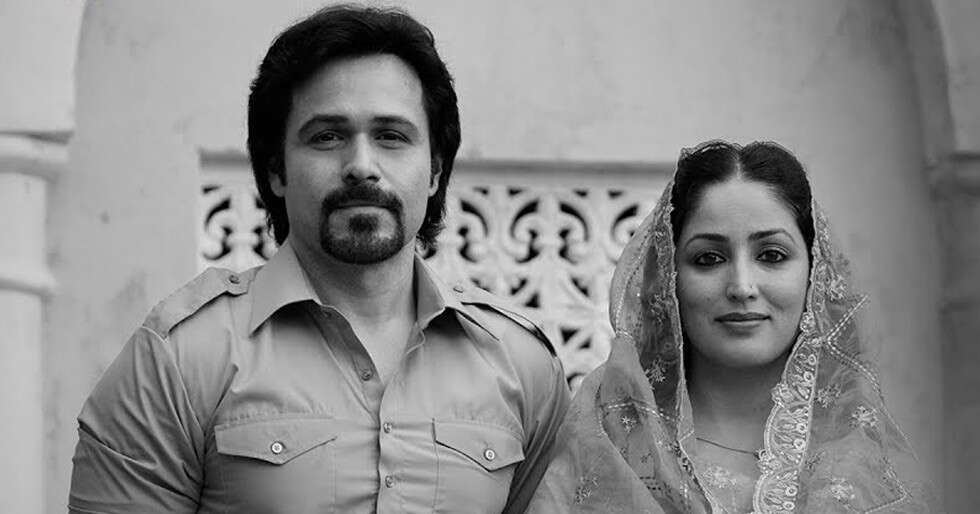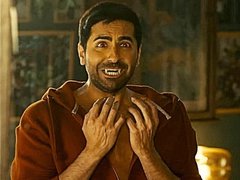Three decades after its release on October 20, 1995, Aditya Chopra’s “Dilwale Dulhania Le Jayenge” continues to reign as India’s most beloved romantic film, with stars Shah Rukh Khan and Kajol reflecting on the unprecedented cultural impact of this landmark blockbuster.
The Yash Raj Films production tells the story of Raj and Simran, two young British Indians who fall in love during a vacation in Europe, only to face the challenge of winning over Simran’s traditional father. The film became a cultural phenomenon, notably holding the record for longest continuous theatrical run at Mumbai’s Maratha Mandir cinema, where it continues to run to this day.
Khan and Kajol’s portrayals of the iconic couple have become one of the definitive cinematic representations of love in Indian cinema, maintaining their status as a pop culture touchstone for South Asians around the world.
“It doesn’t feel like 30 years since ‘Dilwale Dulhania Le Jayenge’ was released,” says Khan. “I am truly grateful for all the love I have received from people around the world for playing Raj. No one could have predicted the kind of place the film held in the hearts of people around the world.”
The actor highlights the film’s impact on audiences in the real world: “Many couples know me and say that we got married or fell in love after watching this film. I also feel that it has had a very happy effect on Indian and South Asian pop culture.”
Khan attributes the success to the “pure heart with which we all made the film, the clarity Adi had about ‘DDLJ’ and especially Yash ji’s blessings. [legendary filmmaker Yash Chopra, Aditya’s father and founder of Yash Raj Films].”
Kajol, reflecting on her iconic role as Simran, calls the milestone “surreal” and notes that “the film has become a legacy and a nostalgic experience for a generation.”
“For me, Simran is a chapter that refuses to end,” he says. “She represents millions of girls across this country: girls who want to do what their parents say, who carry tradition in one hand but still seek freedom with the other. That’s why she still resonates.”
Kajol observes that the film has become intergenerational: “Viewers who adored this film at age 16 now watch it with their children, and with each passing year they embrace it more intensely. It has become the model for how Indian cinema dreams of love.”
Talking about her chemistry with Khan, Kajol reveals, “With him, it was effortless from the first take. There is a kind of understanding, a rhythm and a trust that just clicks. You know exactly how the other person thinks, how they will react, how a look, a pause or even a silence will land.”
She attributes their on-screen magic to natural chemistry: “We never had to think too much, plan too much or try too hard. There’s a lot of mutual respect and comfort in our equation. And I think the audience feels that; they feel authenticity, even if they don’t know the work behind it.”
The film’s themes of navigating family expectations, balancing tradition and modernity, and finding the courage to follow one’s heart continue to resonate across generations. Kajol credits director Chopra’s vision for making “this idea of romance the nation’s biggest obsession,” noting that the film’s iconic songs, dialogues, and images “seeped into pop culture and stayed there.”



